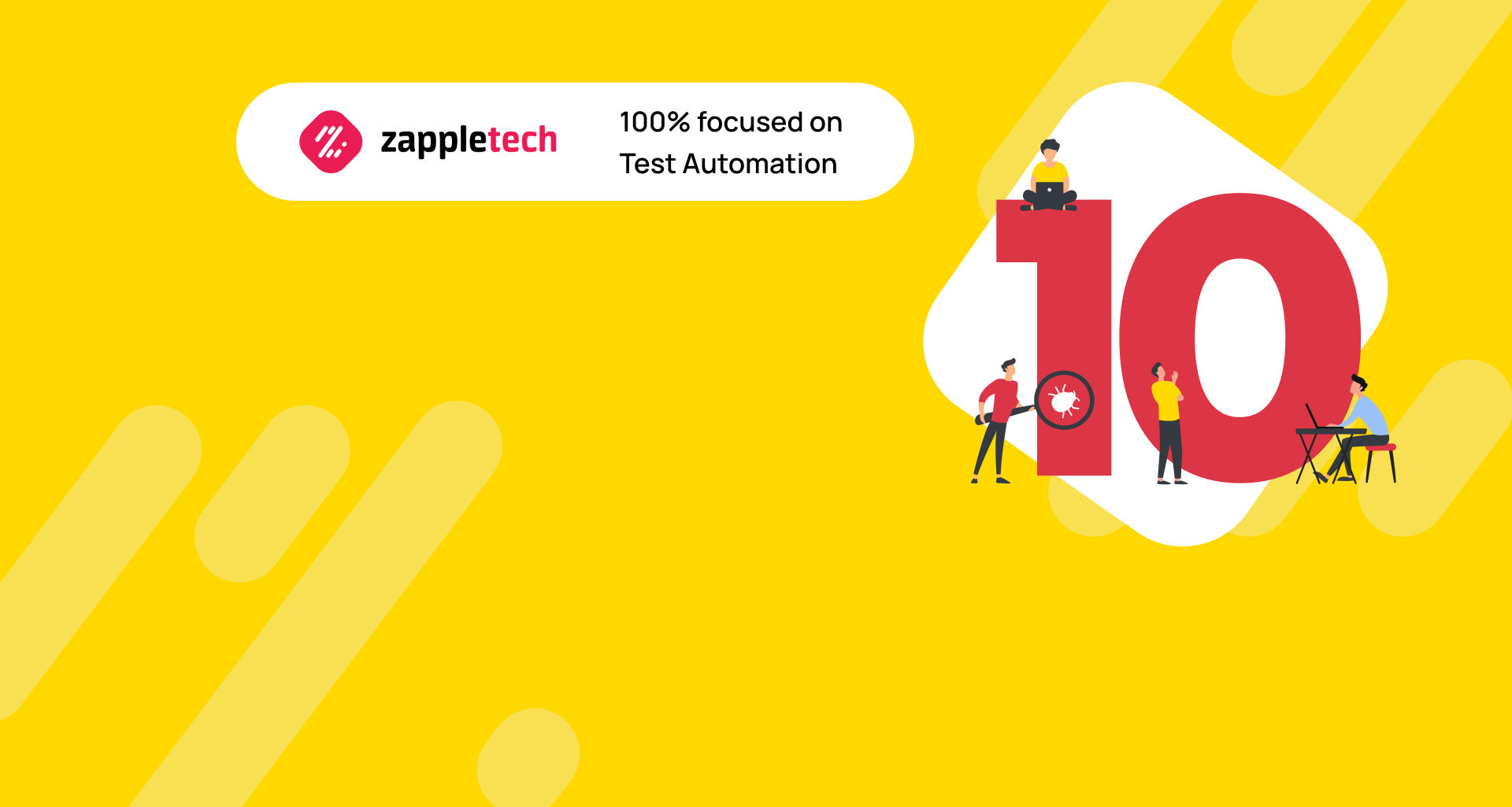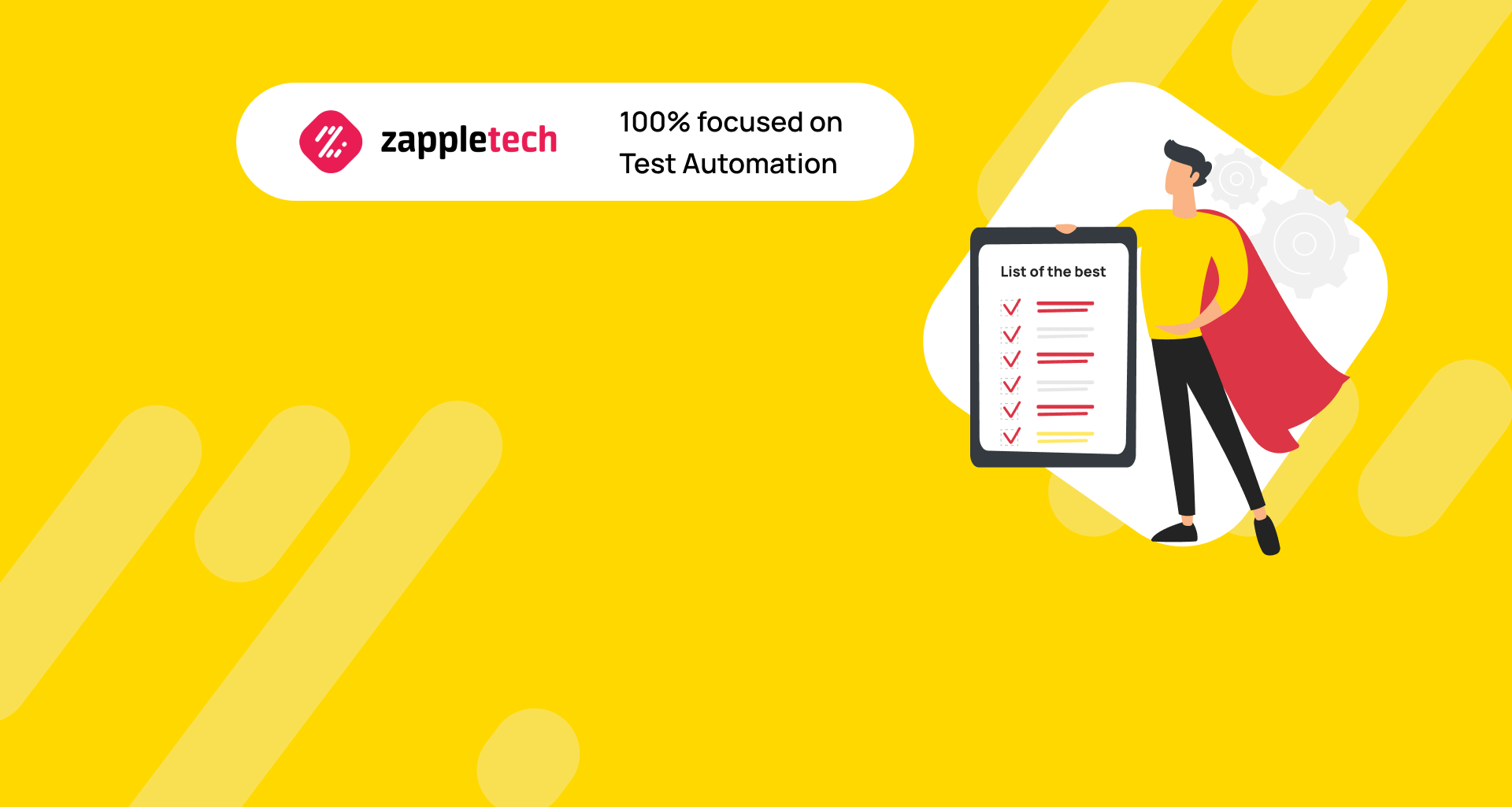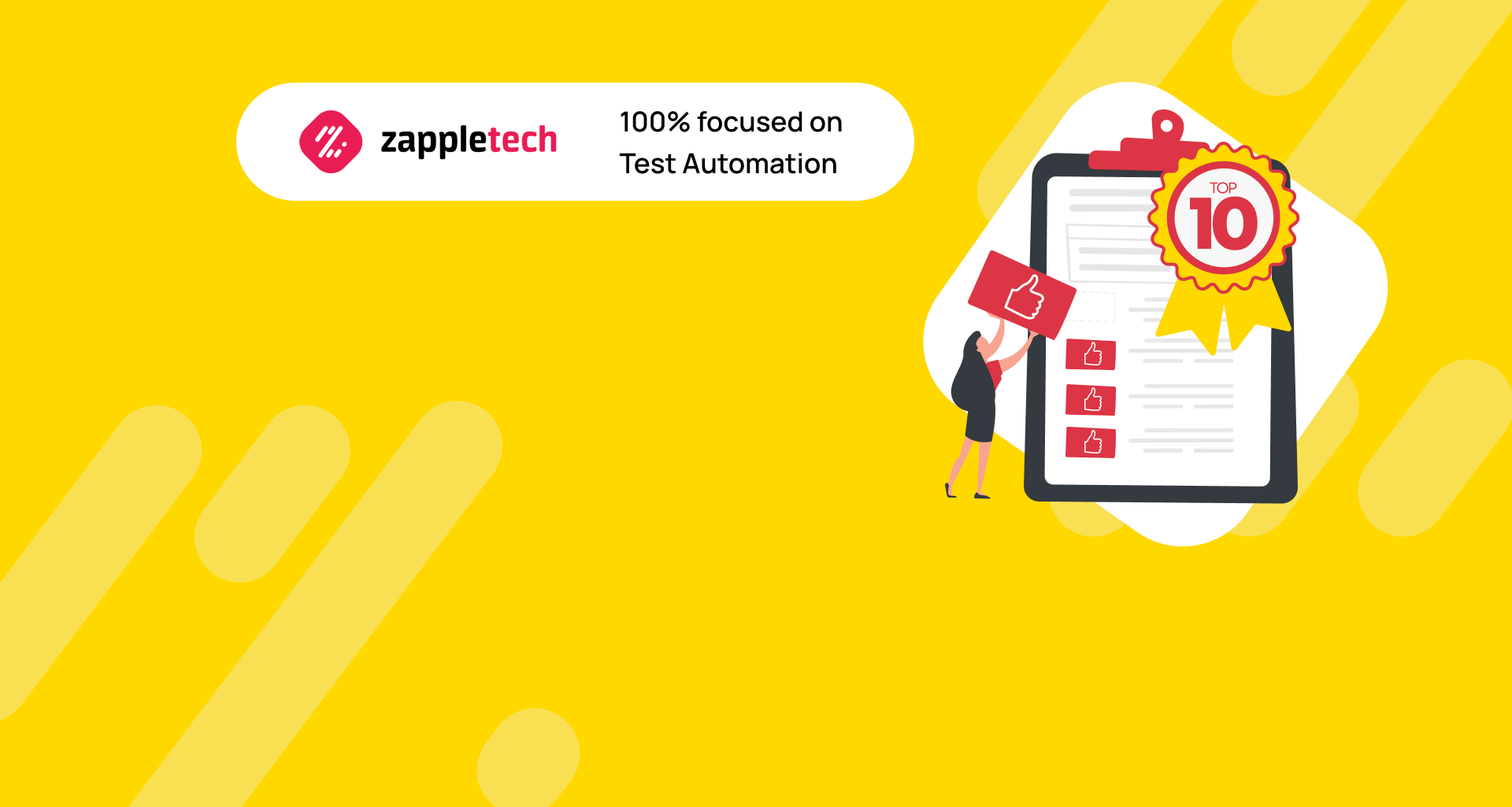Developers need to make changes at various scales to keep an existing program in line with rapidly evolving business needs. But without proper control from testers, even minor corrections can cause the entire service to function poorly. Such program failures are tracked through the use of popular regression testing tools.
Some experts underestimate the importance of executing such tests. They equate them with repeated tests, giving an idea only about a piece of code and no opportunity to evaluate the program’s work as a whole. In this article, we will try to exhaustively answer the question, what is the essence of automatic regression testing. Also, list ten of the test runs its tools that, according to Zapple Tech, are the most common in 2022.
Table of Contents
What is Automated Regression Testing
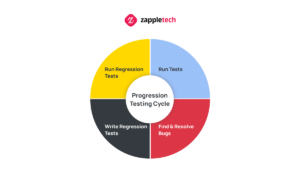
Regression testing, involving a comprehensive evaluation of the system after code modifications, encompasses both the unified functional testing and non-functional tests. This process, though essential, can be resource-intensive, potentially extending development timelines and increasing costs. However, the ramifications of omitting regression tests are substantial. In the US, instances of low-quality software have resulted in staggering losses of approximately 3 trillion dollars. Striking a balance between resource optimization and quality assurance remains paramount in safeguarding both the integrity of the software and the financial interests of the organization.
It means that the problems of time and cost must be somehow solved. Many testers have found that the only way out is to automate regression testing. The advantage is that the data driven testing procedure will take place with almost no human involvement, provide accurate results, and high speed of testing.
While implementing automated regression testing does require the presence of a proficient team of skilled testers within the company, the upfront investment unquestionably proves its worth, often resulting in a substantial 100% return on investment. This is due to the significant time and resource savings, the heightened accuracy and reliability of testing outcomes, and the overall improvement in product quality and stability that automation brings to the software testing and process. Additionally, automated regression testing enhances the team’s capacity to focus on more intricate and exploratory aspects of testing, thereby further contributing to the overall efficacy and success of the software development lifecycle.
When are Automated Regression Testing Tools Needed?
Some QA teams still perform manual regression tests. This approach does not justify itself by any parameter – it requires too many human, time, and financial resources. If you’re wondering if it is worth automating, ask yourself these 2 questions:
Why is regression testing a great candidate for automation?
Why is automated regression testing right for you?
The answer to the first question is obvious; in the case of regression testing, its regularity speaks in favor of automation.
As for the second, let us consider which companies are interested in automating automated regression tests in the first place.
In organizations where a culture of frequent software updates thrives, the development process is marked by an unrelenting drive for progress. QA teams stand as stalwart guardians, dedicating substantial effort to manual testing. Their discerning scrutiny guarantees that every aspect of the software not only meets but exceeds stringent quality benchmarks. However, this assiduous approach presents a formidable challenge: aligning the software life cycle with the company’s financial and temporal parameters.
Companies emphasizing accurate test results prioritize automated regression testing for its efficiency. Unlike manual testing, it operates continuously without requiring constant QA engineer intervention. This ensures reliable results at any time of day. Additionally, automation eliminates the potential for human error, providing consistent and precise testing outcomes.
In companies constrained by time and budgetary considerations, automated testing takes precedence. Its comprehensive coverage far outstrips manual testing, enabling a greater volume of tests to be conducted within the allocated timeframe. This translates to a marked improvement in the overall quality of the product. Additionally, automated testing facilitates timely product launches without incurring additional expenses, as it minimizes the need for extensive manual intervention. This ensures that projects adhere to their predetermined schedules and financial constraints, providing organizations with the confidence to meet their commitments efficiently and effectively.
Do you recognize yourself in at least one of these points? Then it’s time to think about using the regression test suite and automation tools. Zapple Tech will help you decide which ones are worthy of your attention.
Most Popular Codeless Testing Tools in 2023
We have already mentioned that the transition to automatic regression testing, or any other testing, requires the presence of QA engineers with excellent automation skills on the company’s staff. The use of codeless regression testing tools can simplify this process. Consider the most popular of them.
Subject7
The Subject7 solution is implemented in the cloud and is a platform for any type of testing: desktop, mobile, and web apps.
The platform allows you to:
Perform regression testing not only for experienced QA engineers but also for technically untrained users.
Track successful and unsuccessful test results thanks to video recording.
Easily integrate the tool into your existing development environment through support for JIRA systems, Jenkins, GitHub web service, and open APIs.
Perform cross-browser testing in any convenient environment (private or public cloud, diverse local networks).
Adjust the testing frequency – systematically (e.g., daily) or only when changes are made to the code.
Determine the financial costs to avoid exceeding your project budget even before using it.
Selenium
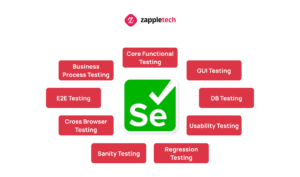
It is an open-source AT environment used to automate testing in web browsers.
Selenium Features:
Supports multi-browser testing.
Allows you to reuse test scenarios.
Has extensive integration capabilities – compatible with Continuous Integration/Continuous Delivery tools (including jenkins).
Multilingual and cross-platform tool.
Supports parallel testing, which speeds up test case execution.
Testigma
The Testigma regression testing tool is often called flawless in the QA environment for its wide functionality. The tool automatically suggests suitable test cases when you make changes to the program.
Platform Capabilities:
No scripting is necessary to perform testing.
It is possible to set up regular checks without human intervention.
Supports artificial intelligence control.
Customizable test execution priority is available to create their optimal set.
Easily integrates into your existing development environment with support for JIRA, Jenkins, and more.
Provides detailed reporting on testing.
Has a test lab located in the cloud.
Supports multi-platform testing (for mobile and web apps).
TestComplete
Thanks to the integration of the TestComplete tool vendor with a personal cloud, its use makes it possible to create automated tests without writing code. The ability to integrate error detection tools complete test coverage and greatly speeds up the testing.
Tool features:
Accelerated detection and correction of code containing an error.
Regression tests do not lose their functionality when changes are made to the UI.
Supports the ability to plan and run a test without the tester’s direct involvement.
Suitable for testing all types of software: desktop, mobile, and web apps.
Ranorex Studio
Ranorex Studio is a universal tool suitable for automated regression testing of programs for various types of devices. This solution is recognized as reliable and effective in best regression testing tools the QA environment.
Advantages of Ranorex:
Provides a detailed report of tests performed; all data is stored in XML format, and the reporting also includes screenshots of failed tests.
Reuses successful test cases.
Supports easy integration with TestRail, Jira, Jenkins, and other systems.
Allows keyword-based testing without scripting.
Features a thoughtful user interface with detailed instructions.
TestingWhiz
This tool is trendy among testers due to its versatility. It allows regression testing of mobile apps, desktop, and web apps. It also supports cross-browser testing and database tests.
Other Benefits of TestingWhiz:
Not only does it require no coding, but it is also intuitive.
Endowed with FAST technology, which provides flexible scenario automation.
Supports third-party integrations.
Reruns successful test scripts.
Provides risk-based testing.
Detailed test reports are available to users.
Katalon Studio
This solution is based on open source frameworks Selenium and Appium. It has a special IDE interface for testing all types of software.
Tool features:
Ability to deploy to Windows, Linux, macOS.
Easy integration into Jira, Jenkins, and other systems.
Keyword and data-based tests available, used in Behavior Driven Development and Test Driven Development.
Support for installing additional plugins.
Avo Assure
Besides the codeless architecture, the Avo Assure tool has another essential feature. It allows cross-platform end-to-end functional and regression testing too.
Other important points:
Keyword-based testing can significantly reduce the test time.
Support for integration with third-party Jenkins systems is available, Jira, QTest, TFS, and ALM.
The tool makes it possible to run multiple test scenarios simultaneously and increases test coverage.
TestCraft
This codeless testing tool is a solution for automating regression and continuous testing. It has a built-in recording-playback system and a test script with ready-made input test data, subsequently subject to change.
TestCraft strengths:
Supports running multiple test scripts simultaneously.
Successful test elements are available for reuse in new scenarios.
Each action is analyzed and strictly reportable.
Test scenarios are developed before the software is ready.
CloudQA
The CloudQA tool is implemented in the cloud and allows testing with multiple browsers.
Key points:
There are reporting and test suite scheduling features.
Each test action is completed by saving a screenshot for clarity of successful and unsuccessful cases.
Support for integration with third-party JIRA systems, Slack, Asana, GitHub web service.
Works with many browsers, including Internet Explorer, Firefox, and Chrome.
Summarizing
Regression testing is a critical step in software development. It helps developers catch even the smallest errors that can occur when making changes to the code. Because of its importance, QA managers are increasingly opting for an automated regression testing tool. This streamlines the process, making it faster and less prone to human error. This shift allows teams to focus on more complex testing scenarios, ultimately leading to a more stable and reliable software development process. Interested in automating regression testing? Contact our specialists — we will find the best automation tools for you and save your budget and time!
